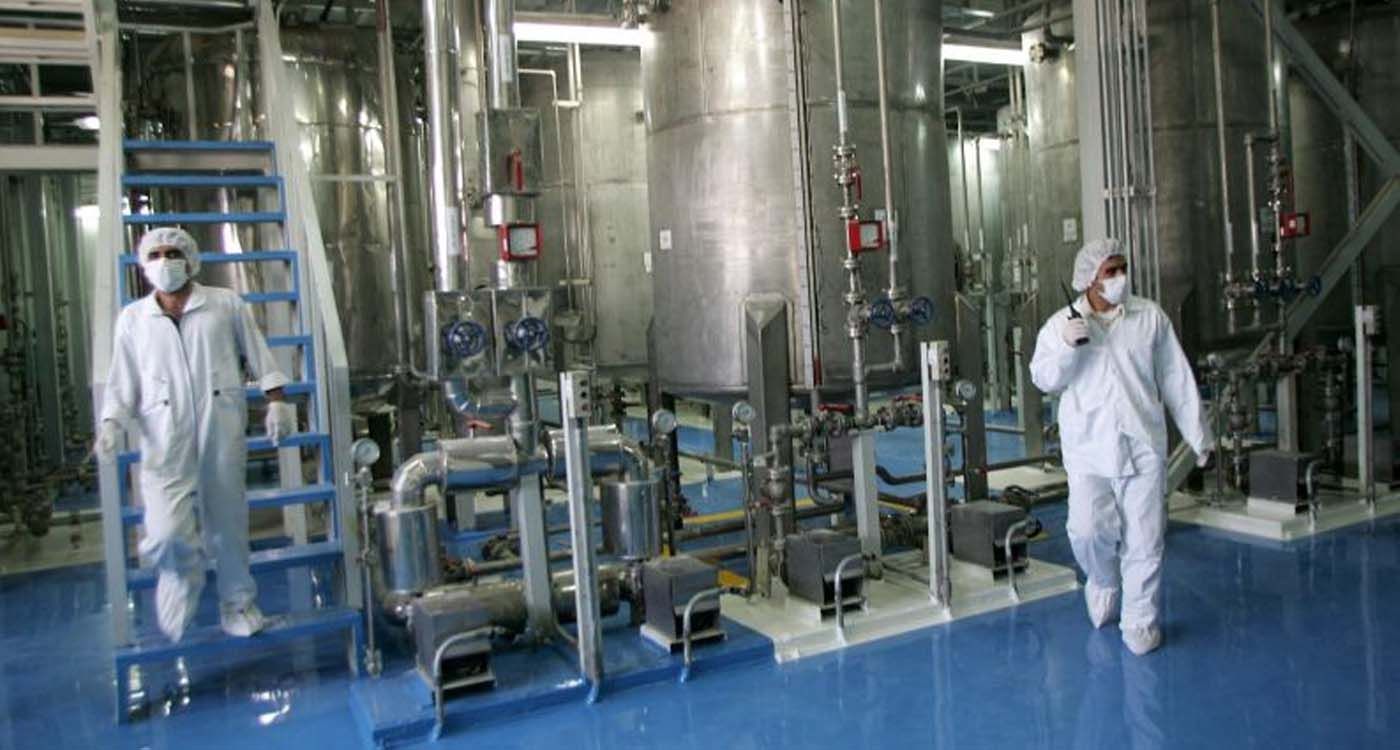- Home
- Arab World
- Precision Strikes Hit Iranian Nuclear Sites: Natanz, Khondab, Arak at Zero Hour

Iranian technicians work at the uranium conversion facility (UCF) in Isfahan, 420 km south of Tehran, on August 8, 2005. © ©Behrouz MEHRI / AFP
In a coordinated overnight assault, Israel struck multiple nuclear facilities across Iran, including three of the country’s most sensitive sites: Natanz (uranium enrichment), Khondab (uranium conversion), and Arak (heavy water reactor). The International Atomic Energy Agency (IAEA) has confirmed the strikes but reports no detected radiation leaks at either Natanz or the civilian reactor in Bushehr.
In the early hours of Friday, Israel launched a large-scale aerial operation against Iran, aimed at what it described as a decisive blow to Tehran’s nuclear infrastructure. The operation, codenamed “Rising Lion,” reportedly involved over a hundred coordinated strikes across Iranian territory, with a focus on key components of the nuclear program.
The Natanz facility, Iran’s primary uranium enrichment center, capable of enriching uranium up to 60%, was among the first targets. The IAEA confirmed that Natanz had been hit, though inspectors reported no breach of containment or rise in radiation levels.
Further west, in the Arak region, the Khondab facility, which handles uranium conversion processes, sustained heavy structural damage, according to footage broadcast by Iranian state media. The Arak nuclear complex, housing a heavy water reactor once at the center of international concerns over potential plutonium production, was also struck. The full extent of the damage remains unclear, as Iranian authorities have so far refrained from releasing detailed assessments.
Explosions were also reported near Isfahan, Khorramabad, and Parchin, targeting research and support infrastructure. Though considered secondary, these sites are deemed critical nodes in Iran’s technological and scientific advancement in the nuclear field.
On the civilian side, the Bushehr nuclear power plant, which remains under IAEA safeguards, was not impacted. The agency reiterated that no rise in radiation had been detected either there or at any other monitored location, signaling no immediate environmental or public health risk.
The strikes occurred less than 24 hours after the IAEA Board of Governors passed a landmark resolution on June 12, formally censuring Iran for its lack of transparency and uranium enrichment activities nearing weapons-grade levels — it’s a first in two decades.
What You Need to Know
Sites hit: Natanz, Khondab, Arak, Isfahan, Khorramabad, Parchin
Reason why these sites were hit: Uranium enrichment, conversion, nuclear research
Confirmation: IAEA confirms strikes; no radioactive leakage reported
Date & context: June 13, 2025, following IAEA censure on June 12
Read more





Comments